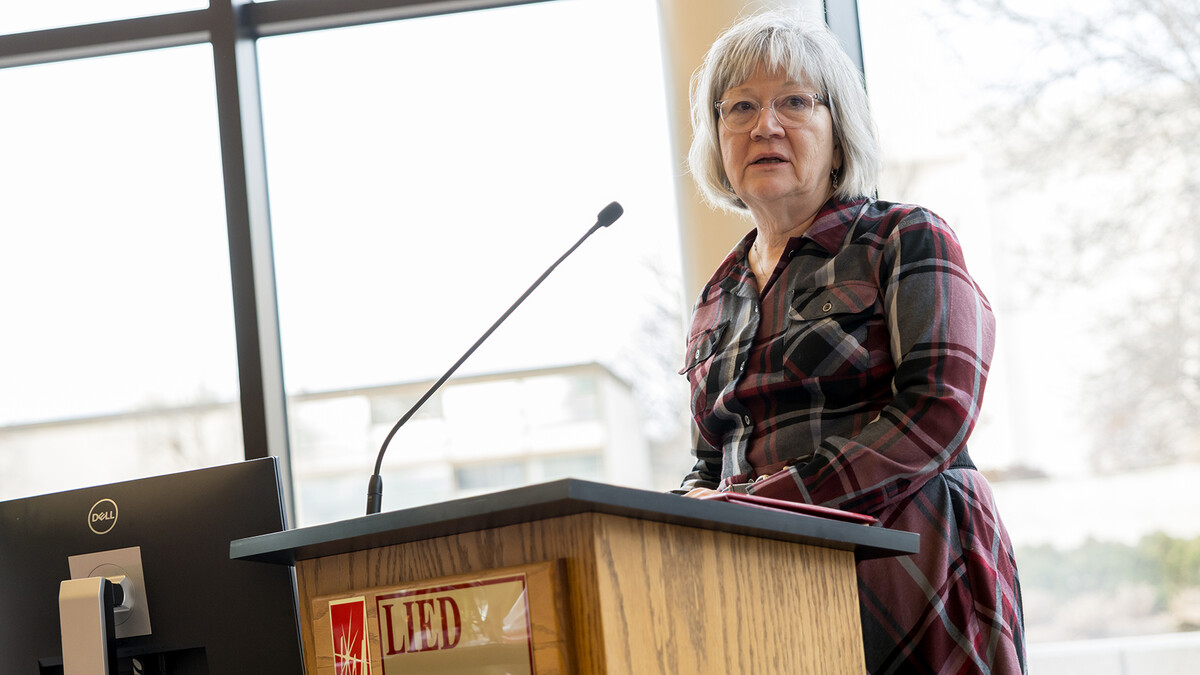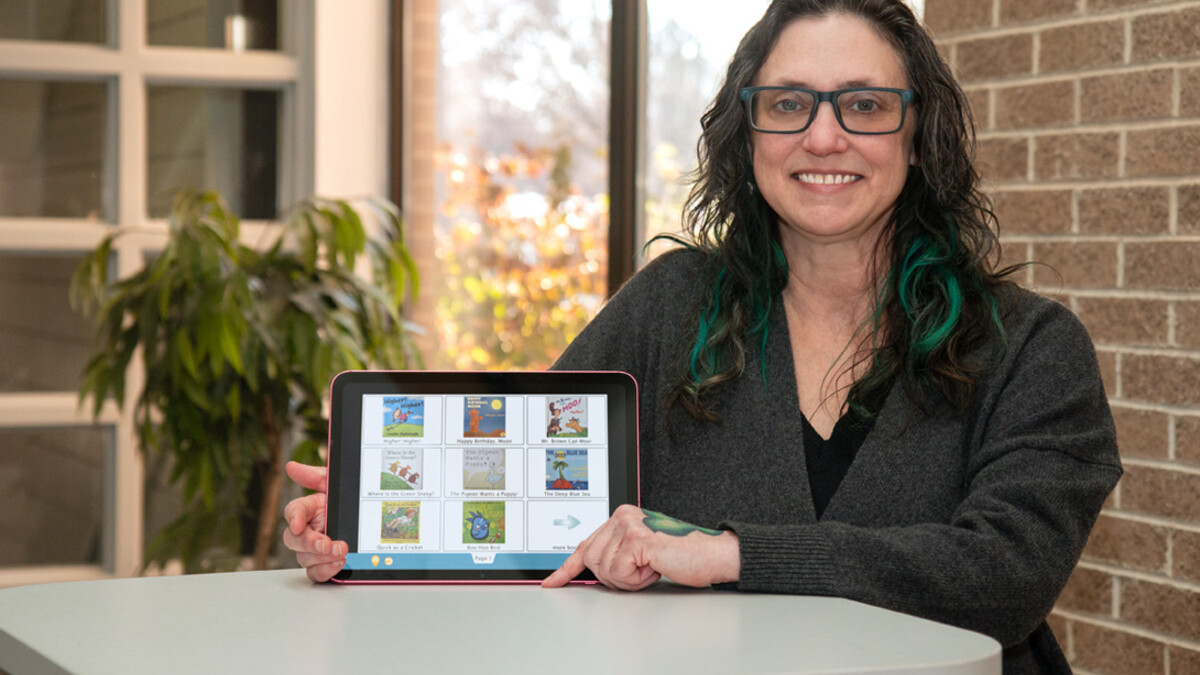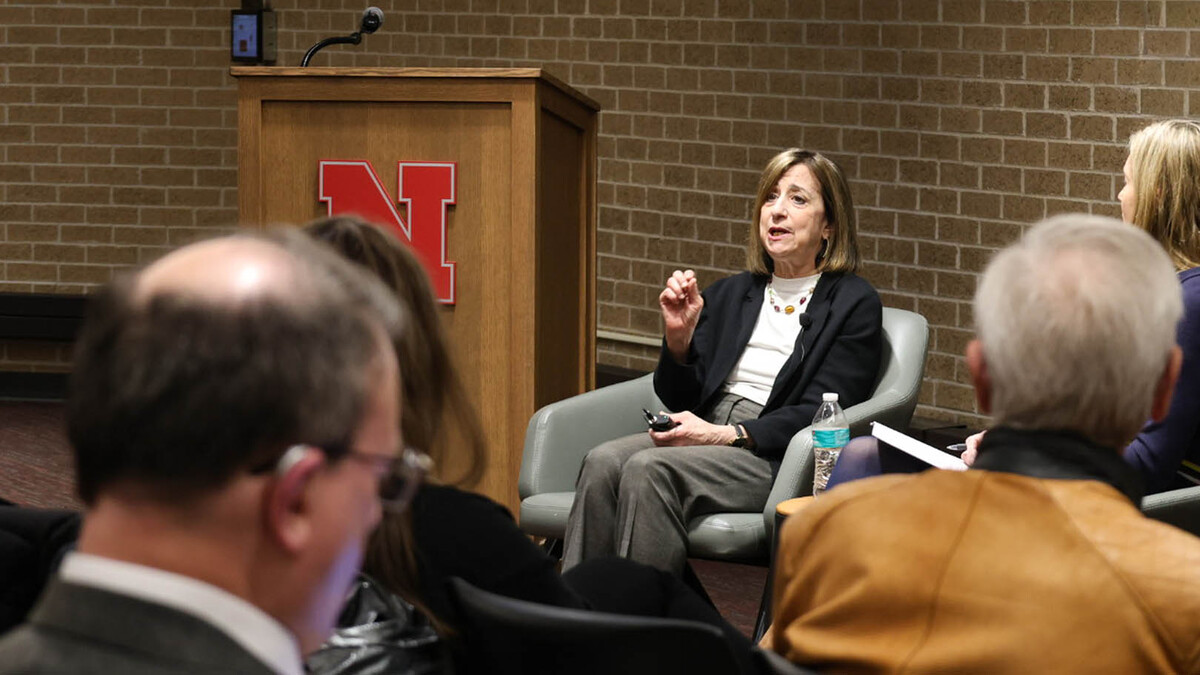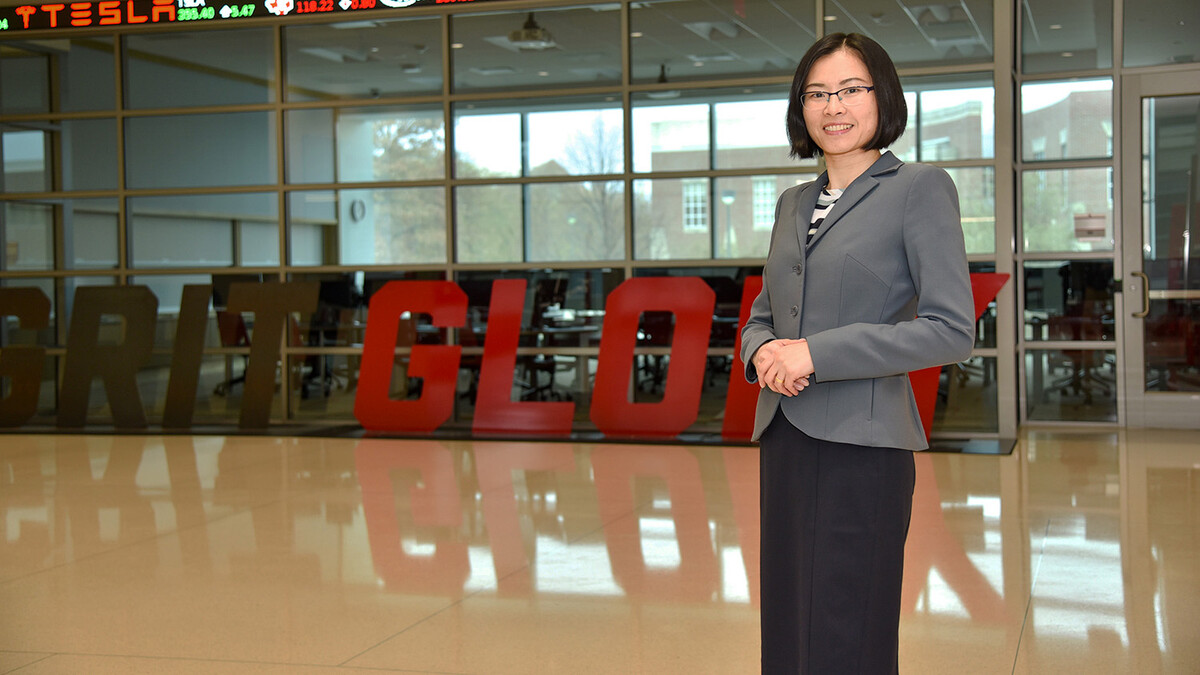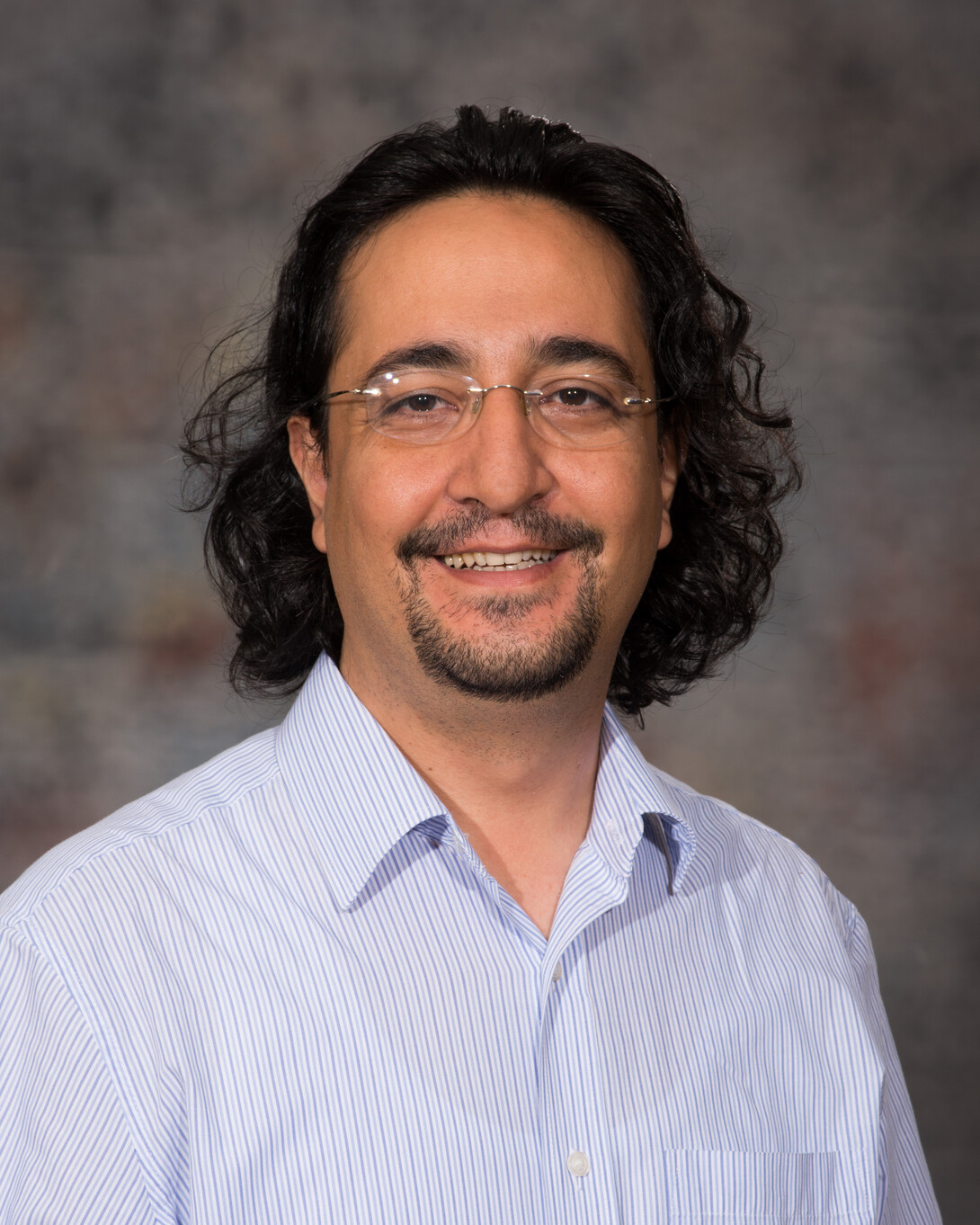
Induced pluripotent stem cells are among the most promising developments in medical science in recent years. They are obtained from mature cells that have essentially been “reprogrammed” to behave as stem cells that can then be differentiated into any of the other approximately 200 different types of human cells.
The field was established in 2006 when Japanese researcher Shinya Yamanaka demonstrated that the introduction of four specific genes could convert adult cells into pluripotent stem cells (iPSCs), work that won him the Nobel Prize. The technology has made advances since then, but few if any researchers believe it is close to its full potential of, among other things, generating patient-matched transplants that don’t risk rejection.
“The efficiency and effectiveness of iPSCs are still low and have a lot of room for improvement,” said Hasan Otu, a professor of electrical engineering at UNL and co-author of a paper in the July 17 issue of Science Express that describes discovery of a key factor in the search for effective ways to convert adult cells into iPSCs.
“In 2005, while at Harvard, I teamed up with Jose Cibelli of Michigan State, one of the pioneers in stem cell research,” Otu said. “Jose was interested in the genomic activity of the oocyte (egg cell) and we published the first large-scale transcriptional profiling of human oocytes in 2006 in the Proceeding of the National Academy of Sciences. It’s well-established and kind of obvious that the oocyte has the best potential to reprogram an adult cell.”
Otu said they always felt sure they would be able to identify factors in the egg’s reprogramming capacity that could be used in iPSC generation — and after more than eight years of “computationally digging through lots and lots of data,” they found the target gene they were looking for, a specific protein called a histone chaperone.
“We used ASF1A, a histone chaperone, as the target,” Otu said. “We and others had shown that ASF1A is specifically and highly enriched in the oocyte and is a potential reprogramming factor. This paper shows that ASF1A is necessary for the reprogramming of adult cells into iPSCs.”
Otu was involved in the computational analysis of the research. All wet-lab related experiments were done at Cibelli’s labs at Michigan State and in Andalucia, Spain. Other co-authors were Elena Gonzalez-Munoz and Yohanna Arboleda-Estudillo, both in Cibelli’s Andalucia lab. Otu received his doctorate in electrical engineering with a focus on bioinformatics from UNL in 2002. He was a faculty member at Harvard Medical School from 2003-12 before returning to UNL.
Science Express is an online publication of the American Association for the Advancement of Science that publishes selected papers in advance of the print version of the journal Science.


